Evaluating the ecohydrological dynamics of the Cerkniško Polje intermittent lake using a multidisciplinary approach
Principal Investigator at ZRC SAZU
Matej Blatnik, PhD, SICRIS-
Original Title
Evaluating the ecohydrological dynamics of the Cerkniško Polje intermittent lake using a multidisciplinary approach
-
ARIS Project ID
Z6-2667 (B)
-
Duration
1 September 2020–30 April 2023 -
Lead Partner
-
Financial Source
Slovenian Research Agency

Partners
Agencija Republike Slovenije za okolje, Notranjski regijski park, Univerza v Ljubljani, Biotehniška fakulteta, Oddelek za biologijo, Trinity College Dublin, Civil Structural and Environmental Engineering
Karst areas are characterized by the solubility of carbonate rocks resulting in dominant fast drainage through numerous fractures and channels. There are important aquifers that supply water to a large percentage of the world’s population. Because of fast underground flow of water, filtration is not efficient and karst areas are therefore very vulnerable to any kind of pollution. Additionally, they are prone to extreme meteorological events, such as droughts (absence of surface water) and intensive rainfall events (flooding of karst poljes).
An important part of karst landscape in Slovenia are karst poljes, large enclosed and flat depressions that are typically characterized by surface flow of water and regular flooding. Such specific hydrological conditions result in vegetation and fauna, adapted to these conditions. They form different communities (ecotopes) with very high biodiversity and important ecological role. Also, because of the favorable environment for humans poljes were always the most suitable places for settlements in such karst regions.
One of the most characteristic poljes is Cerkniško Polje, located in the series of poljes of Notranjsko Podolje, which belongs to Ljubljanica River recharge area. It is the largest polje in Slovenia, which is regularly flooded for up to 8 months per year. Its peculiarity has attracted researchers for more than 300 years during which time many different studies have taken place about flooding processes, and human adaptation to flooding, biodiversity, and also possible use for hydropower production. Therefore, Cerkniško Polje and its catchment is one of the most prominent hydrological systems in Slovenia. In addition, it belongs to the recharge area of spring Malni, which is used for a water supply for more than 20.000 inhabitants.
Previous studies have analyzed the mechanisms of flooding (frequency, extent and duration) and quantified polje’s water balance. Ecological studies have focused on mapping of habitat types, multiple inventory and analysis of some characteristic animal species and their dependence on changeable land use. However, to date there have been very few multidisciplinary studies that investigated the impact of hydrological dynamics on biodiversity, land use and their dynamics, from which predictions can be made in the future of potential impacts.
The main objective of project is to develop a multidisciplinary approach that comprises measurements and analyses of hydrological dynamics of Cerkniško Polje and its relation to rainfall events, structure of adjacent aquifer and spatial distribution of key habitat types. The plan is also to model possible flooding scenarios that would take into account future climate change.
The work will carry out a complete hydrological and meteorological measurement campaign including continuous measurements of physical and selected chemical parameters, water quality sampling, discharge measurements and rainfall measurements. These measurements will be supplemented with land cover studies (mapping, remote sensing), hydrogeological studies and additional speleological investigations. All obtained data will be analyzed to assess the flooding dynamics and their impact on habitats. Interpretations of flooding dynamics will be verified with construction of robust conceptual and numerical hydrological models that can be used for identification of geometry (position and dimension of channels) of the polje’s adjacent aquifer. With use of global climate models and downscaling them some predictions, how different scenarios of climate changes affect the flooding dynamics and their impact on habitats (possible changes of characteristics of soils, vegetation and animals) and human activities. With comprehensive analysis we can prepare some suggestions for further activities on Cerkniško Polje recharge area to keep flooding dynamics and biodiversity at desired level.
The work packages are defined chronologically, where WP0 that presents management of project is taking place the whole time. The first part of the project aims obtaining different hydrological (WP1) and ecological (WP2) data. For many analyses at least one hydrological or meteorological year is fundamental and because of numerous used methods, this phase can take place for almost the whole time of project. First interpretation (WP3) can be relatively early after obtaining the first times series of data. Within progress of project and additional collected data, interpretations and numerical models can be improved until almost the end of project. Synthesis, predictions of future scenarios, presentation and submission of one or more papers (WP4) are planned for the last phase (year) of the project.
WORK PACKAGE 0 – PROJECT MANAGEMENT
WORK PACKAGE 1 – OBTAINING DATA RELATED TO HYDROLOGY
1.1. Collection of existing hydrological and meteorological data
1.2. Establishment and maintenance of observation network of continuous measurements
1.3. Discharge measurements
1.4. Water quality sampling
1.5. Other investigations
WORK PACKAGE 2 - OBTAINING DATA RELATED TO ECOLOGY
2.1. Collection of existing ecological data
2.2. Additional study of ecological data
WORK PACKAGE 3 – INTERPRETATION OF OBTAINED DATA AND MODELLING
3.1. Analysis and interpretation of obtained data
3.2. Hydrological modelling
3.3. Modelling of climate change scenarios
WORK PACKAGE 4 – SYNTHESIS OF ALL RESULTS AND PREDICTION OF FUTURE DYNAMICS
4.1. Synthesis of all findings
4.2. Prediction of flooding processes and ecological dynamics in future
4.3. Presentation of findings for public
EVENTS AND PUBLICATIONS
Web pages to some projects and publications, related to the research area and topic:
Project: LIFE Narava 06 - Presihajoče Cerkniško jezero
Report: Kartiranje habitatnih tipov - Presihajoče Cerkniško jezero
Paper: Poskus ocene vodne bilance Cerkniškega polja (G. Kovačič)
Paper: Cerkniško jezero in njegove poplave (A. Kranjc)
Paper: Cerkniško polje kot primer poseljenega kraškega ranljivega območja (A. Smrekar)
Report: Turloughs: Hydrology, Ecology and Conservation (S. Waldern)
NEWS
November 2020 – beginning of the project
During first two months of the project (September-October 2020) we organized some meetings, which were done by telephone and video calls and by e-mails (pandemic period). The topic of meetings was organization of work, exchange of data and sharing the knowledge.
At the beginning of project Cerkniško Polje has been flooded, what enabled some field work for taking samples of water and photo documentation. Establishment of additional observation points for hydrology was therefore not possible and is postponed for dry period.
Therefore, the time has been spent for collection of existing data (hydrological, meteorological, ecological, satellite and aerial images etc.) and beginning of their analyses.
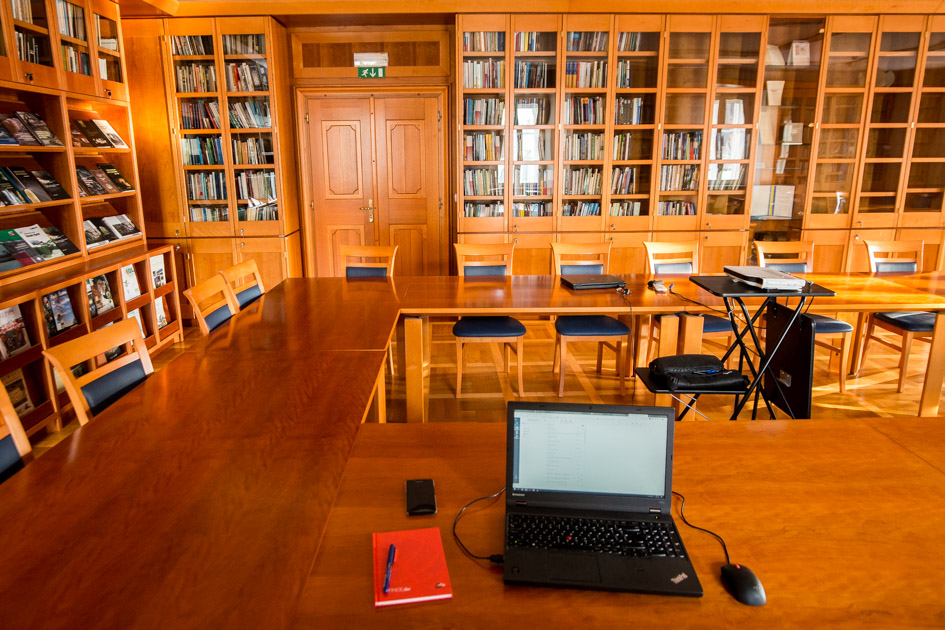
Figure 1: Online meeting for organisation of work.
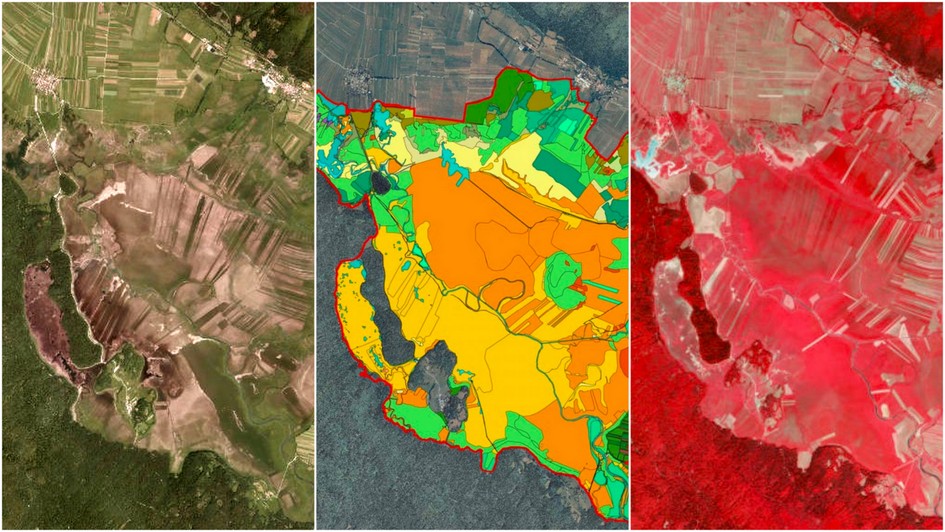
Figure 2: Collection of cartographic material (aerial photos, habitat maps, satellite images).

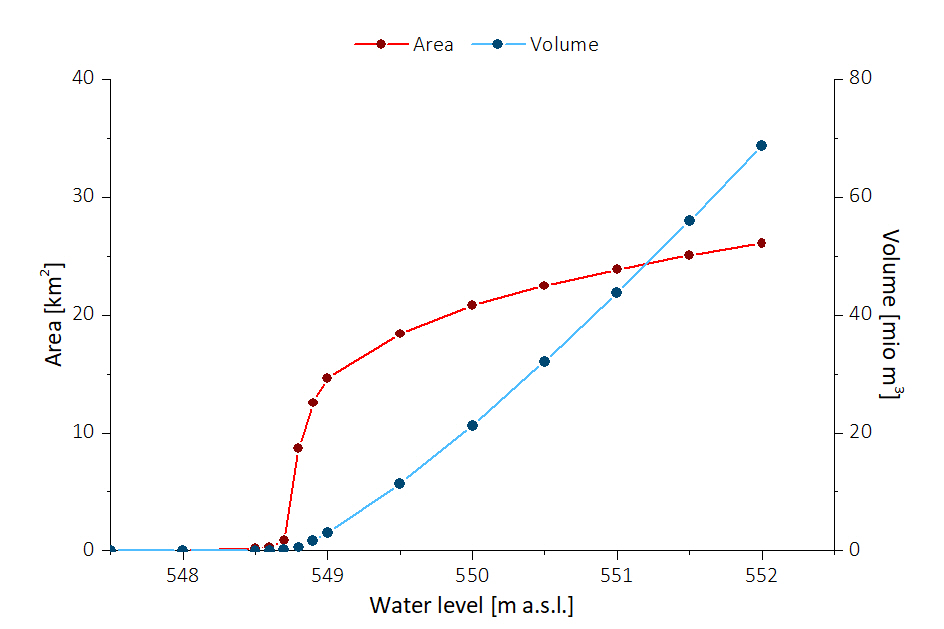
Figures 3 and 4: Preliminary analyses of collected hydrological data.
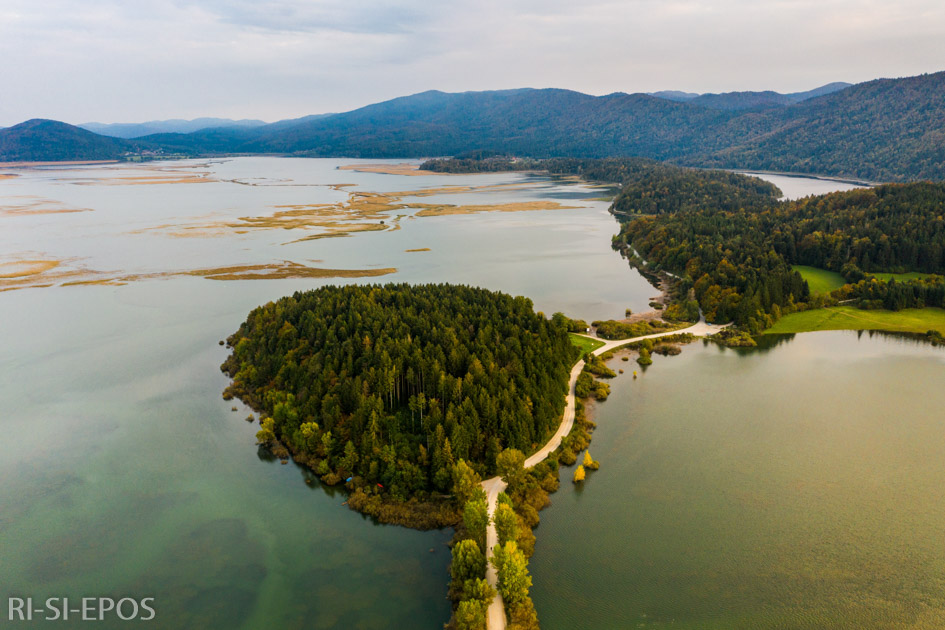
Figure 5: Field work – observation of flooding of Cerkniško Polje.
Februar and April 2022
Sharing the information with local media about hydrological characteristics of the Cerkniško Polje and ongoing project related to ecohydrological study.
https://www.notranjski-park.si/novice/na-cerkniskem-polju-vec-ekstremov-vse-manj-vode
http://lifestrzen.blogspot.com/2021/04/gostujoce-pero-matej-blatnik-od-polja.html
Spring and summer 2021 – field work
Intensive field work including installation of autonomous loggers for measurements of the water level, temperature and conductivity in swallow holes and water active caves. Many field trips were also dedicated to hand measurements of water parameters, nutrients monitoring and discharge measurements.
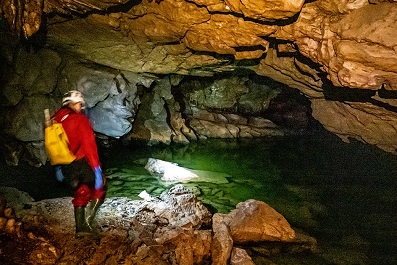
Figure 6: Establishment of continuous measurements in Mala and Velika Karlovica caves.
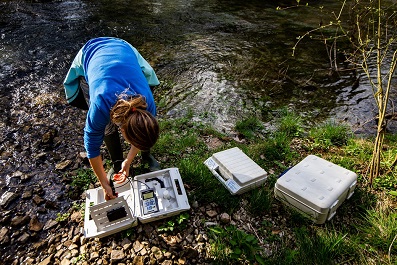
Figure 7: Hand measurements of physical parameters of water and collection of samples.
7.–9. July 2021 – International Symposium on Geofluids
We attended the International Symposium on Geofluids, which was organized online by József and Erzsébet Tóth Endowed Hydrogeology Chair and Foundation (Budapest, Hungary), and by the Regional Groundwater Flow Commission of IAH. At the conference, we prepared a lecture about first half year of ecohydrological research on the Cerkniško Polje.
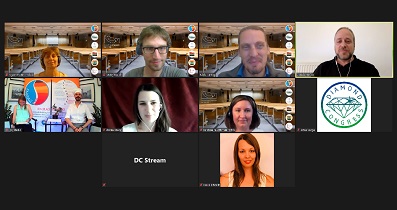
Figure 8: Virtual attention on the International Symposium on Geofluids – the room of lecturers in the same session.
5.–7. September 2021 – visit from Trinity College Dublin
At the beginning of September, we had a visit of dr. Laurence Gill, an expert for ecohydrological studies on karst areas from Trinity College Dublin. We organized several days long field work on the Cerkniško Polje during dry conditions and are planning to make such visit also during floods to have a better overview and to make a more quality numerical model of a flooding dynamics.
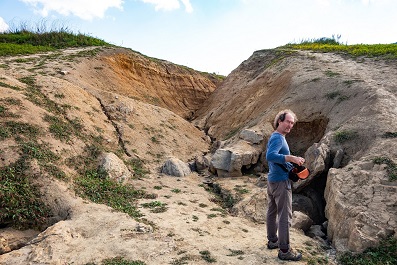
Figure 9: Field work with dr. Laurence Gill in dry gullies in outflow zone Rešeto.
22.–25. June 2022 – EuroKarst Malaga
We attended scientific conference “EuroKarst”, which was taking place in Malaga (Spain) and was dedicated to hydrogeology of karst and carbonate reservoirs. We presented a lecture, dedicated to ecohydrological research on the Cerkniško Polje. We also prepared a conference paper, which is going to be published in SpringerLink issue »Hydrogeology of Karst and Carbonate Reservoirs« in 2023.
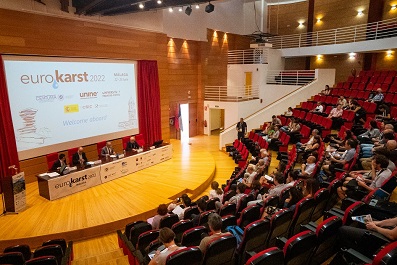
Figure 10: Attention at EuroKarst conference in Malaga.
Summer 2022 – transmission of continuous measurements
During low water conditions we obtained the first data set from autonomous loggers in water active caves and swallow holes. The data set contains on hydrological year of water level dynamics which reflect some local differences in the water level dynamics.
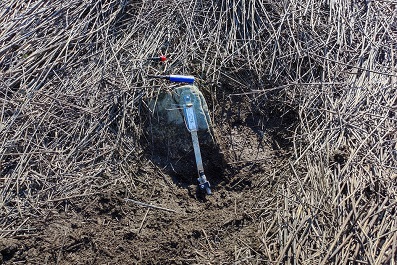
Figure 11: Transmission of data in dry swallow hole Bobnarica.
December 2022 – January 2023 – SZGG annual assembly
On January 26th 2023, we attended annual assembly of the SZGG (Slovenian association for geodesy and geophysics) and gave a talk about long-term characteristics of flooding dynamics of the Cerkniško Polje and its relationship with climate changes and human activities.
We also published a conference paper:
https://fgg-web.fgg.uni-lj.si/SUGG/referati/2023/SZGG_2023_Blatnik_et_al.pdf
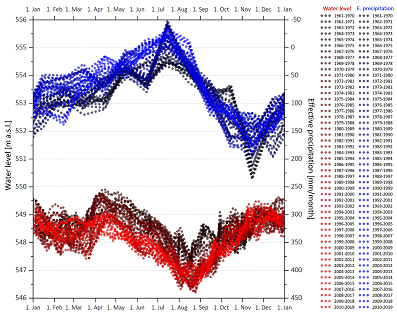
Figure 12: Annual dynamics of the water level and precipitation, published also in conference paper.
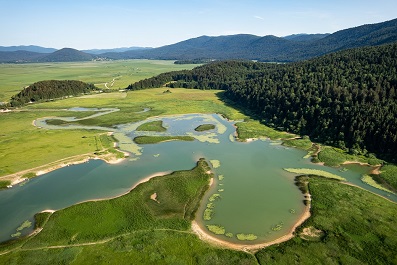
Figure 13: Water accumulation on polje during dry conditions due to man-made dam.
September 2023
Participation in the television show "Na lepše", which was dedicated to the impact of climate change on tourism. Part of the show was dedicated to the Cerkniško polje and its characteristics.
Link to the TV report:
https://365.rtvslo.si/arhiv/na-lepse-oddaja-o-turizmu/174990122
December 2023
We published a scientific paper in the Journal of Hydrology – Regional studies with a title »Assessment of climatic and anthropogenic effects on flood dynamics in the Cerkniško Polje (SW Slovenia) based on a 70-year observation dataset«.
Link to the scientific paper:
https://www.sciencedirect.com/science/article/pii/S2214581823002963?fbclid=IwAR1kVavX-ceXF-QSu1OywI0kgikbGje22TyjZmU1FKyYt1vWnrF7L41IrnA
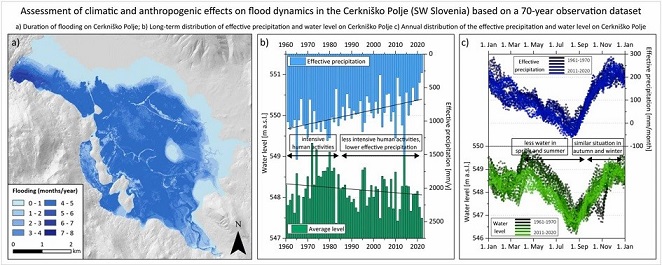
Figure 14: Graphical abstract of the paper.